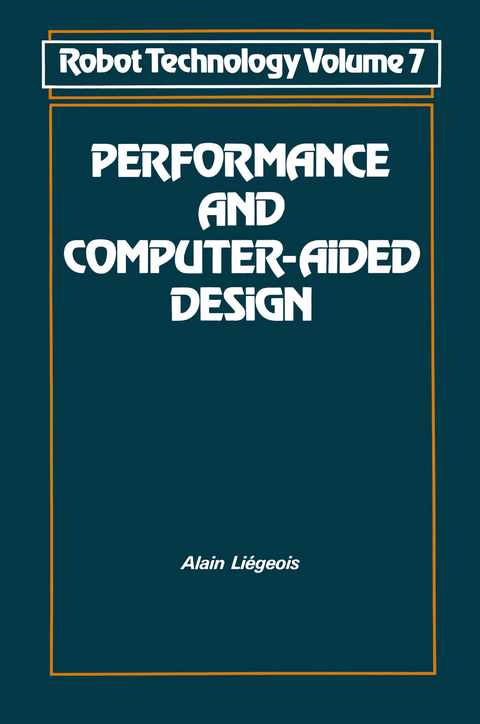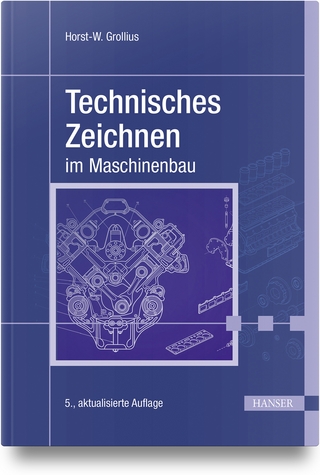
Performance and Computer-Aided Design
Springer-Verlag New York Inc.
978-1-4684-6854-0 (ISBN)
1 The rigid body: configuration and motion.- The configuration of a rigid body.- Variations in position: velocities.- Orientation and variations in orientation.- Finding the configuration using the helical method.- Positional errors.- 2 Definition and measurement of precision: operation-performance relationship.- Precision.- Robot operation and repeatability.- Protocol for the measurement of precision.- Some examples of test methods.- Conclusions.- 3 Introduction to dynamics.- General points.- Equations of motion.- Use of dynamic equations.- Concepts relating to elastic deformation and the dissipation of energy.- Localized deformations in mechanical transmission devices.- Jordan’s canonic form: controllability and observability.- The effect of flexion on robot performance.- 4 Structure of robots: geometrical and mechanical constraints.- The place of geometrical modeling in the production process.- The geometrical elements.- Constraints, mechanisms and operations.- Conclusions.- 5 Three-dimensional models of static performances.- General geometrical capabilities.- Work volumes for specified operations.- Force capacity.- Modelling static errors.- Conclusions.- 6 Analysis, generation and optimization of movements.- Continuous path control.- Point-to-point control.- Conclusions.- 7 The dynamic behaviour of robots: characterization and use of models.- The importance of dynamic models.- Development of the model using Lagrange equations.- Models using general theorems.- Are models indispensable?.- References.
| Erscheint lt. Verlag | 12.10.2012 |
|---|---|
| Reihe/Serie | NSRDS Bibliographic Series ; 7 |
| Zusatzinfo | 9 Illustrations, black and white; 268 p. 9 illus. |
| Verlagsort | New York, NY |
| Sprache | englisch |
| Maße | 155 x 235 mm |
| Themenwelt | Schulbuch / Wörterbuch |
| Geisteswissenschaften | |
| Informatik ► Weitere Themen ► CAD-Programme | |
| Naturwissenschaften | |
| Sozialwissenschaften | |
| Technik ► Maschinenbau | |
| ISBN-10 | 1-4684-6854-5 / 1468468545 |
| ISBN-13 | 978-1-4684-6854-0 / 9781468468540 |
| Zustand | Neuware |
| Haben Sie eine Frage zum Produkt? |
aus dem Bereich


